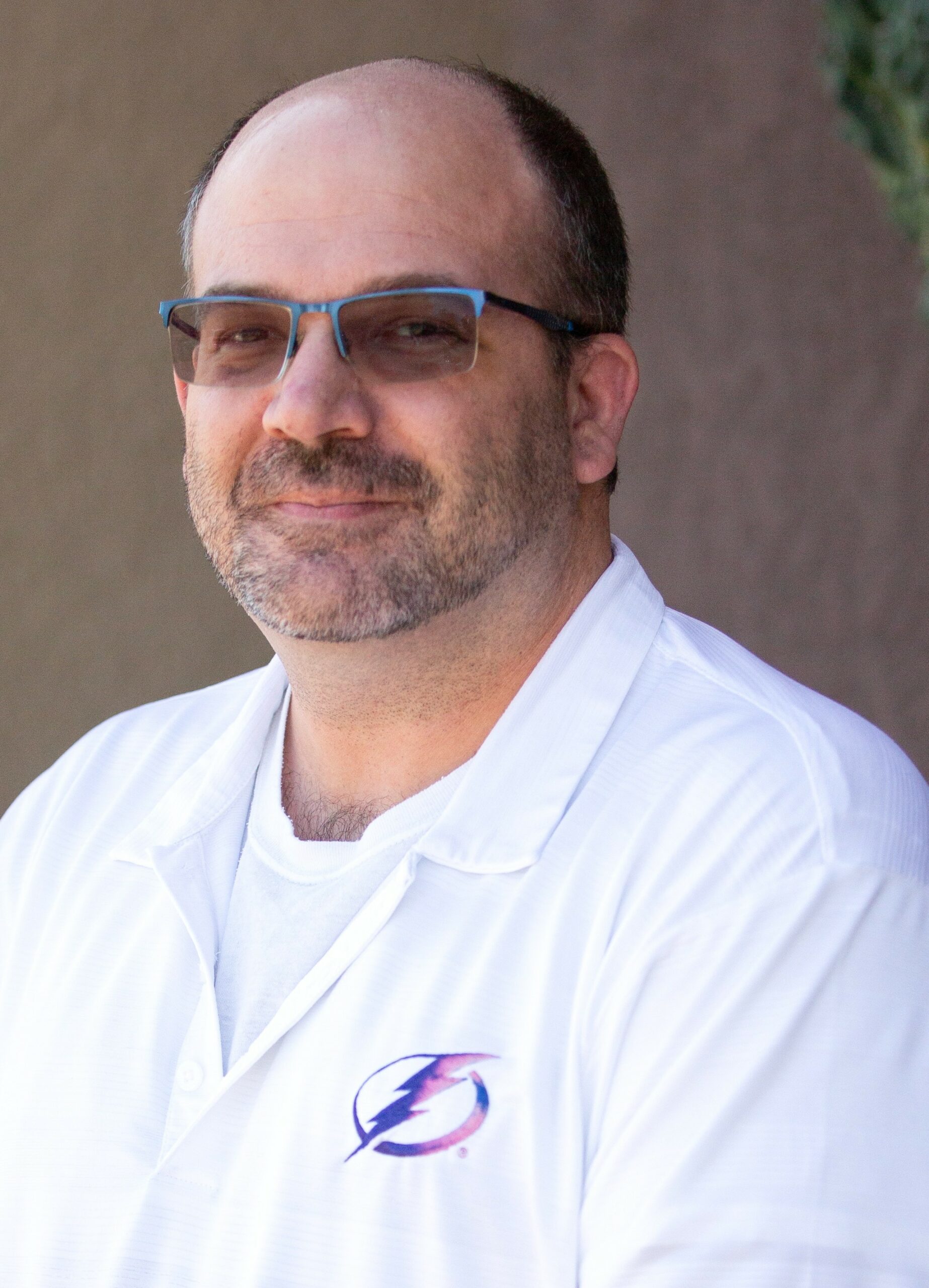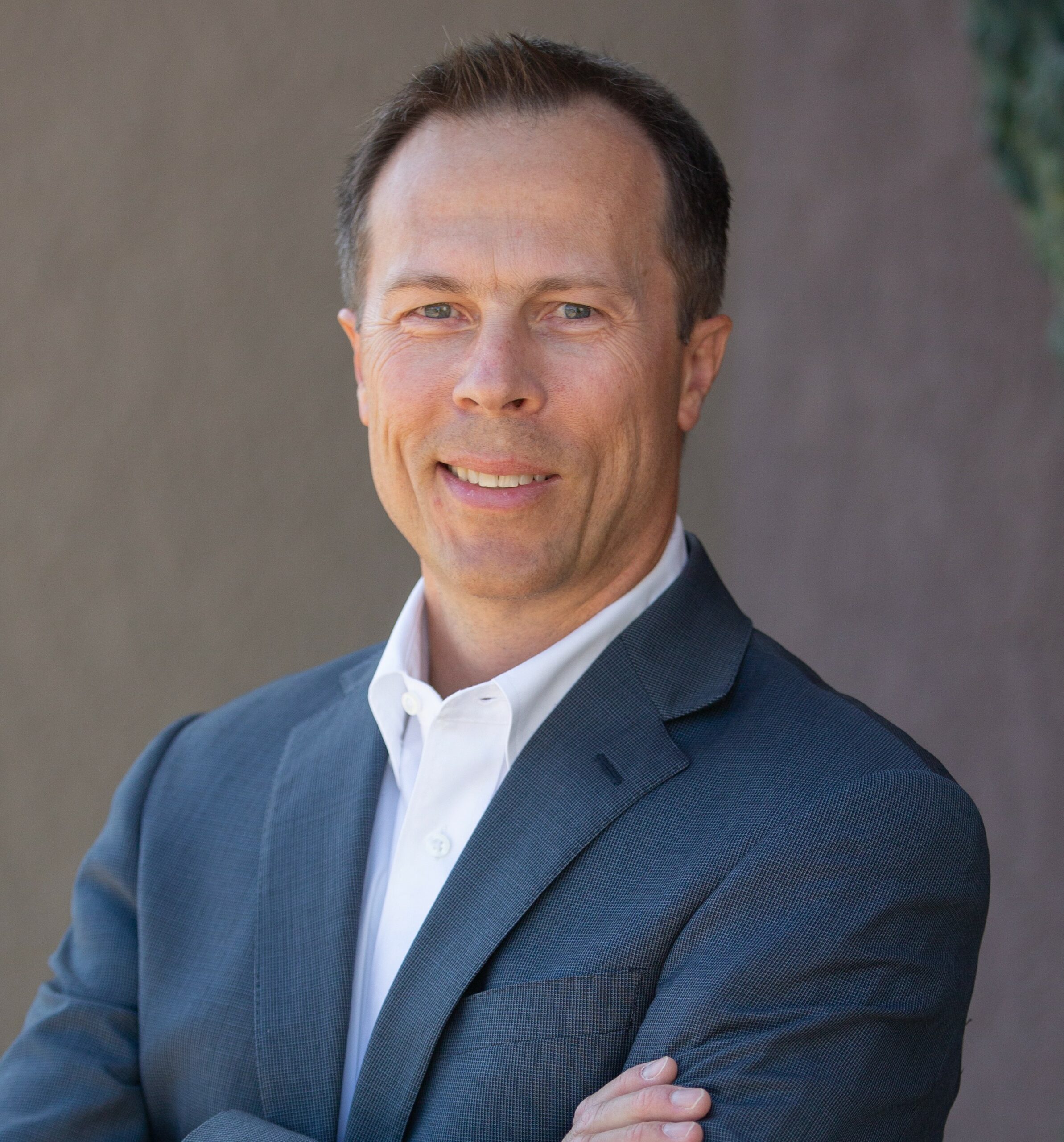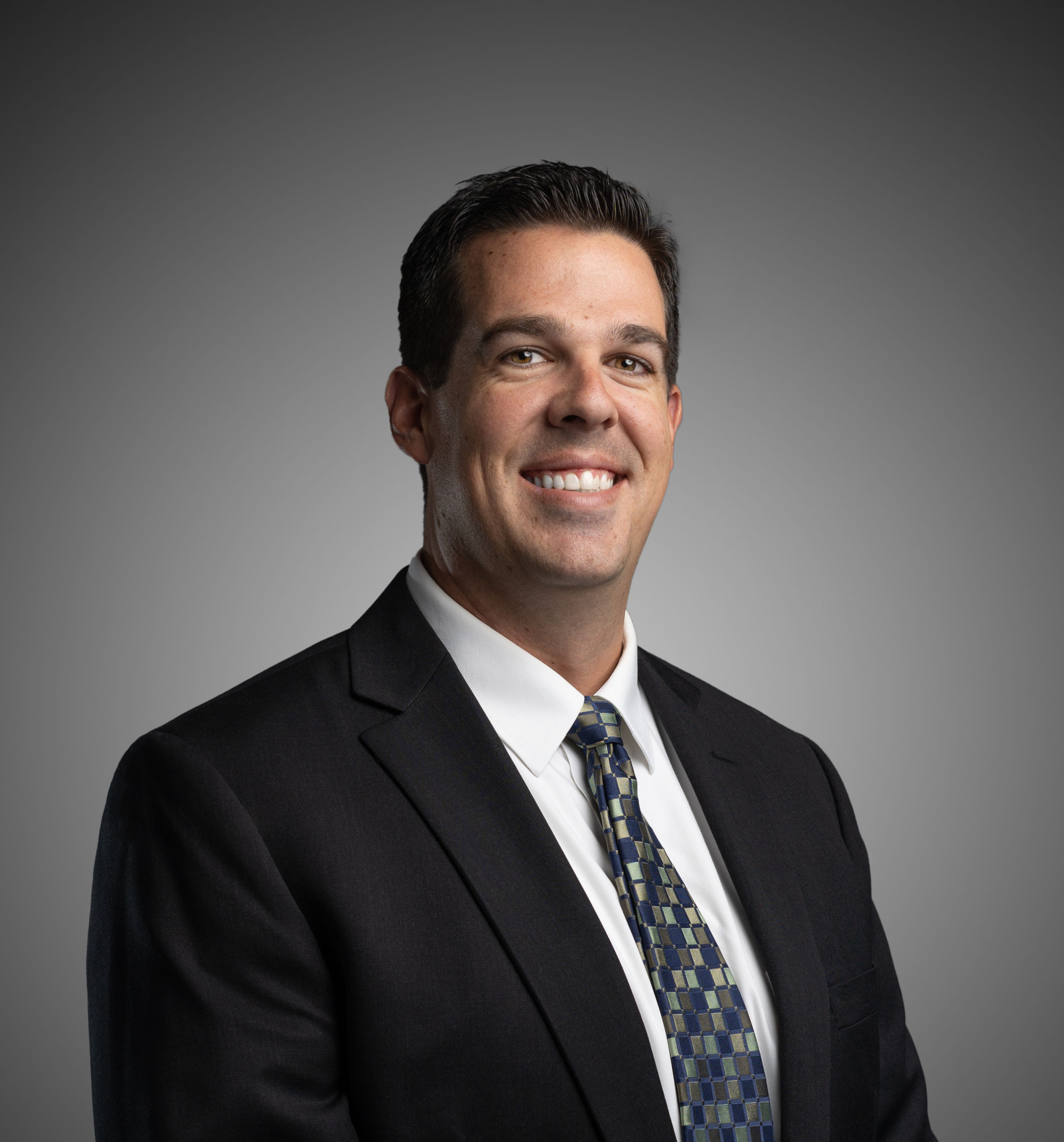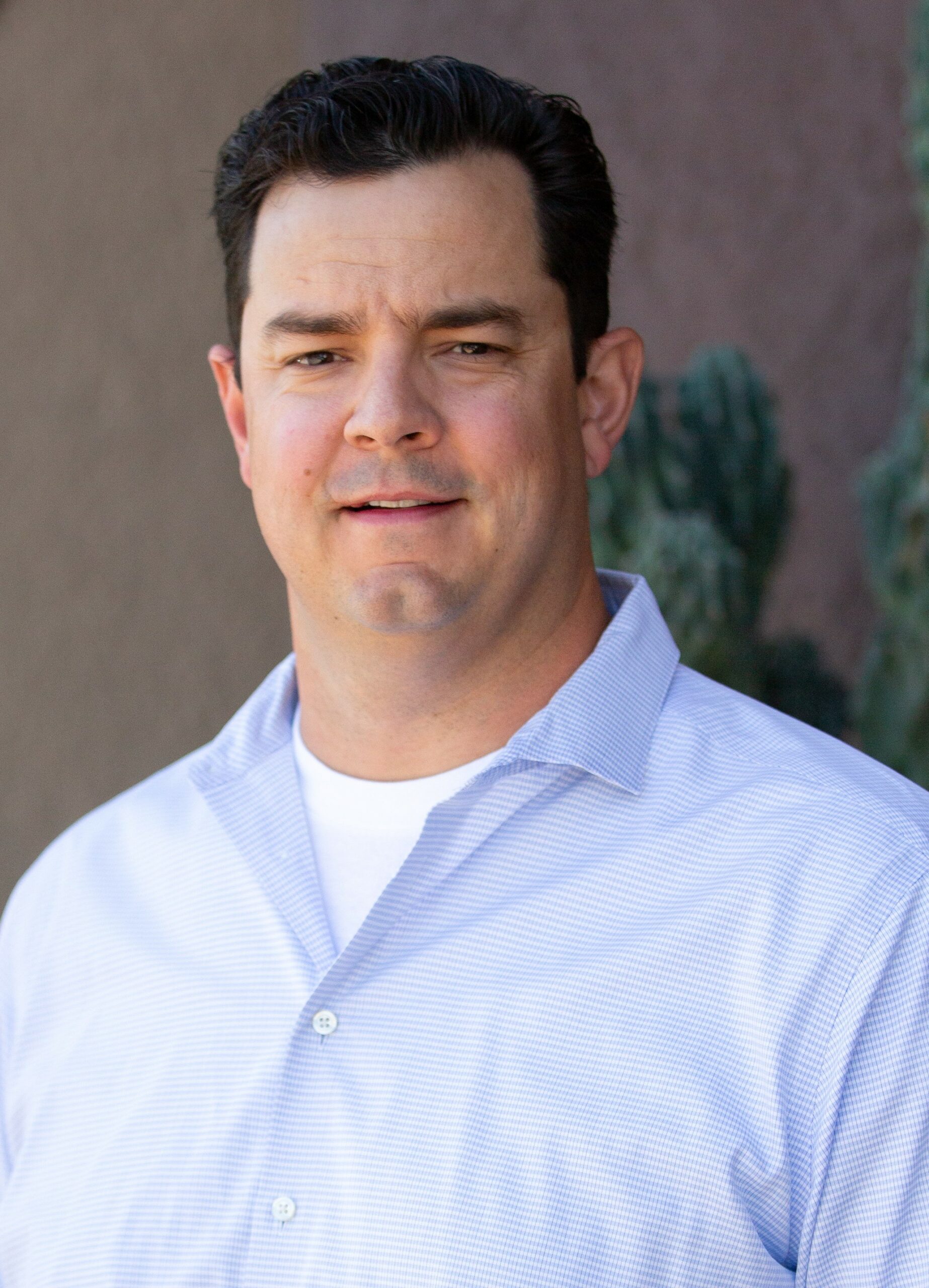Attracting and retaining top talent has never been more challenging—or more critical—for nonprofit organizations. In a recent two-part webinar hosted by Raise the Bar Consulting’s Jennifer Tersigni, Clint Parry of Focus HR offered practical, research-backed guidance on how nonprofits can overcome these challenges and build thriving workplaces.
Whether you joined the live sessions or are catching up now, here are some of the most compelling takeaways and actionable advice from Clint’s conversation.
1. Talent is Your Differentiator—But Also Your Biggest Risk
In an age where innovation is quickly commoditized, talent remains a nonprofit’s most unique and powerful advantage. As Clint put it: “He or she who wins the talent game will prevail.”
But that edge comes with a risk. Many nonprofits operate with fragmented, reactive HR systems. As they scale, the complexity of managing people, compliance, and benefits grows—leading to increased costs, reduced employee satisfaction, and heightened risk.
According to data from the National Federation of Independent Businesses, 87% of small organizations report having few or no qualified applicants to fill open positions—even though over half are actively hiring. It’s a tight and unforgiving labor market.
2. Employee Engagement Is in Decline—and It’s Costing You
Gallup’s latest workplace report reveals troubling trends:
- Employee engagement has dropped to its lowest level in a decade (31%).
- 52% of employees are disengaged.
- 17% are actively disengaged—checked out, unmotivated, and potentially undermining team morale.
Gallup calls this the “Great Detachment,” and it’s a quiet but costly threat. Clint noted that disengaged employees cost U.S. businesses over $200 billion annually, often through “quiet quitting” and presenteeism—when people show up physically, but not mentally.
3. Leadership and Culture Must Be Intentional
If disengagement is the disease, transformational leadership is the cure. Clint emphasized that employees don’t leave companies—they leave bad managers. Investing in your leadership team is essential.
But great leadership doesn’t just “happen.” It’s rooted in values that are clearly defined, consistently modeled, and actively embedded in daily decision-making.
Clint encourages nonprofit leaders to:
- Revisit and articulate core values—not just aspirational buzzwords, but principles you’re willing to pay a price to live by.
- Conduct anonymous employee interviews to uncover what makes your organization truly special.
- Create psychological safety by ensuring people feel heard, respected, and recognized.
4. Redesign Your HR Blueprint: Get Them. Inspire Them. Keep Them.
Clint introduced a simple but powerful three-part HR blueprint:
- Get Them – Develop a targeted recruiting and selection process based on knowing exactly who you want to hire.
- Inspire Them – Build a values-driven culture with strong leadership and transparent communication.
- Keep Them – Minimize turnover with clear career paths, regular feedback, recognition, and friction-free HR operations.
Clint emphasized that recruiting is marketing—and nonprofits need to define their employee value proposition just as clearly as their donor value proposition. Why should someone choose to work for you over another mission-driven organization?
5. Outsourcing Can Save You Time, Money, and Headaches
For small nonprofits, hiring full-time HR staff can be both inefficient and costly. Clint cited the common mistake of hiring a high-salaried HR manager/director who ends up buried in $20/hour admin work—only to need an assistant a few months later.
Instead, he suggests nonprofits consider:
- Fractional or outsourced HR services for compliance, payroll, and onboarding.
- Focus on core mission activities while experts handle administrative burdens.
- Cloud-based HR platforms to streamline processes and improve employee experience.
6. Use AI to Reduce Admin and Amplify Impact
Artificial intelligence won’t replace your people—but it can free them from repetitive, low-value tasks. Clint encouraged nonprofits to explore AI and automation for:
- Grant writing and donor outreach
- Volunteer coordination
- Content scheduling
- Chatbots for client intake
- Data entry, analysis, and reporting
Start by asking: What are we still doing manually that could be automated?
7. Start with an HR Health Check
Want to see how your organization measures up?
Clint recommends starting with a simple HR Health Check—a 5–7 minute assessment that evaluates the state of your current HR practices. It’s free, and you can access it at: focushr.net/hr-health-check
Final Thoughts
Your people are your most valuable asset—and your biggest investment. As Clint said, “You can’t afford to let great talent walk out the door.” By being intentional about your culture, leadership, systems, and strategy, you can compete in a tight labor market and build a workplace where mission-aligned people thrive.
Need help getting started? Focus HR partners with nonprofits across Arizona to build smarter, simpler, and more compliant HR operations—so leaders can spend less time on admin and more time driving impact.
Missed the webinars? Watch both parts here:










